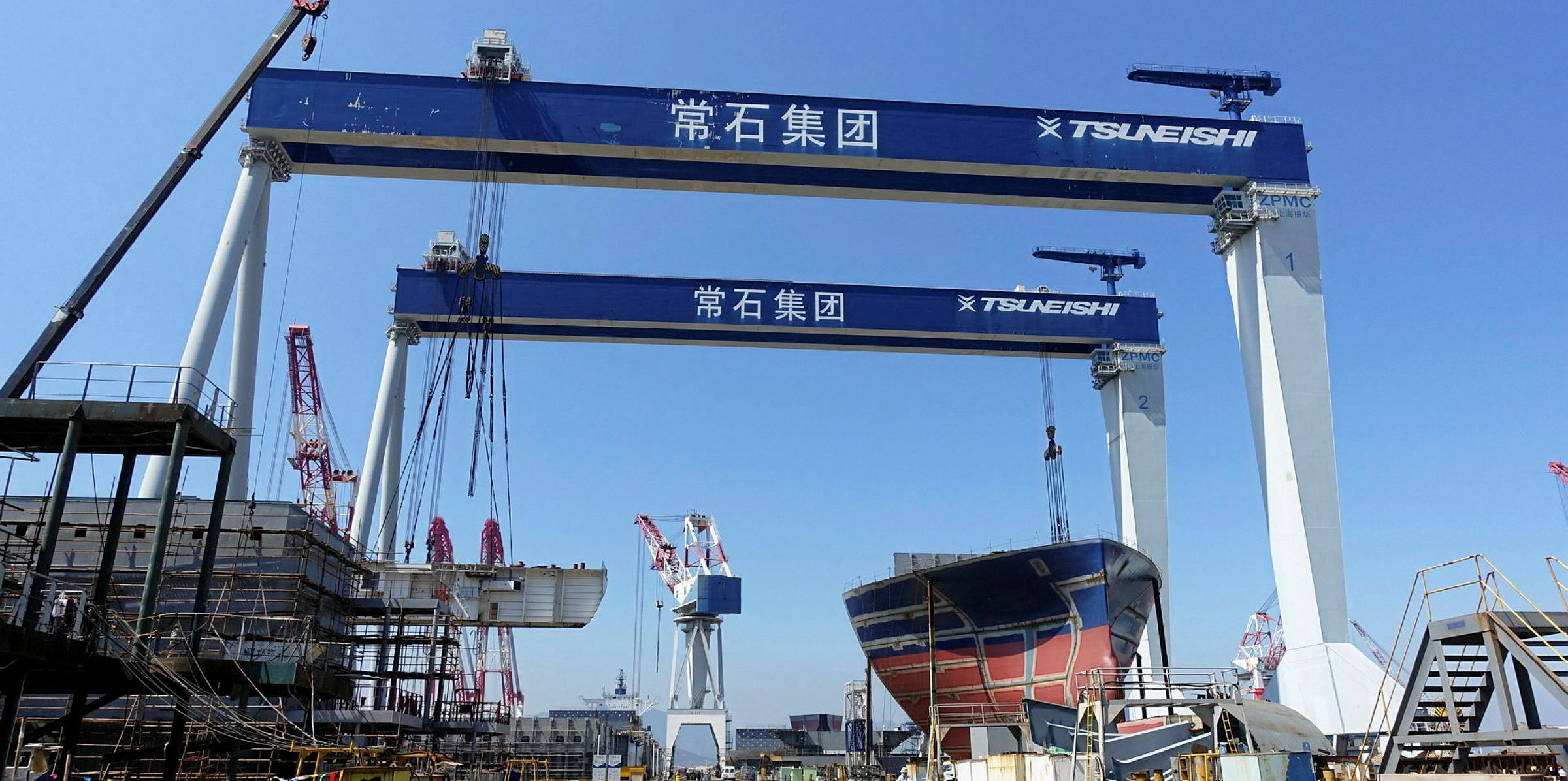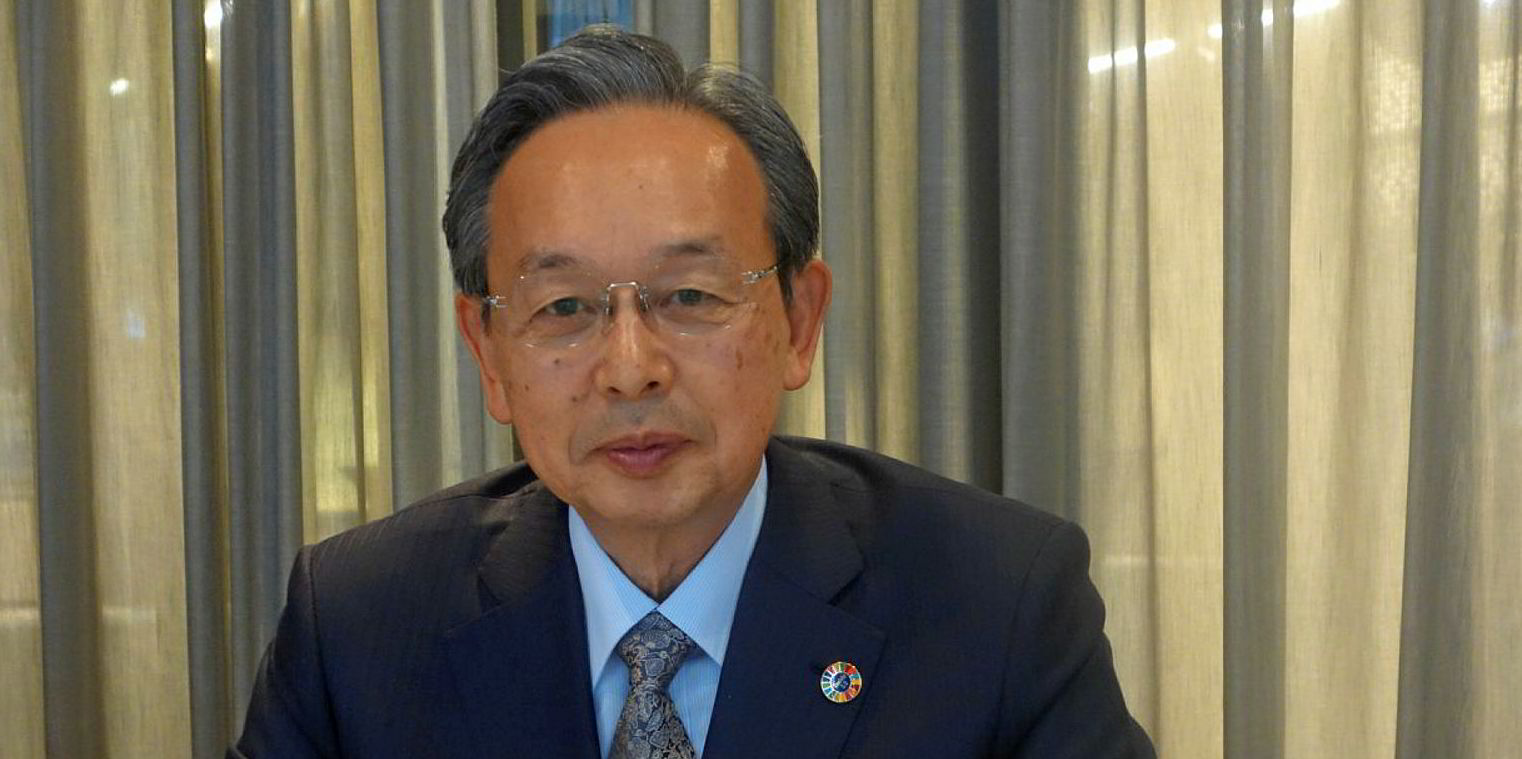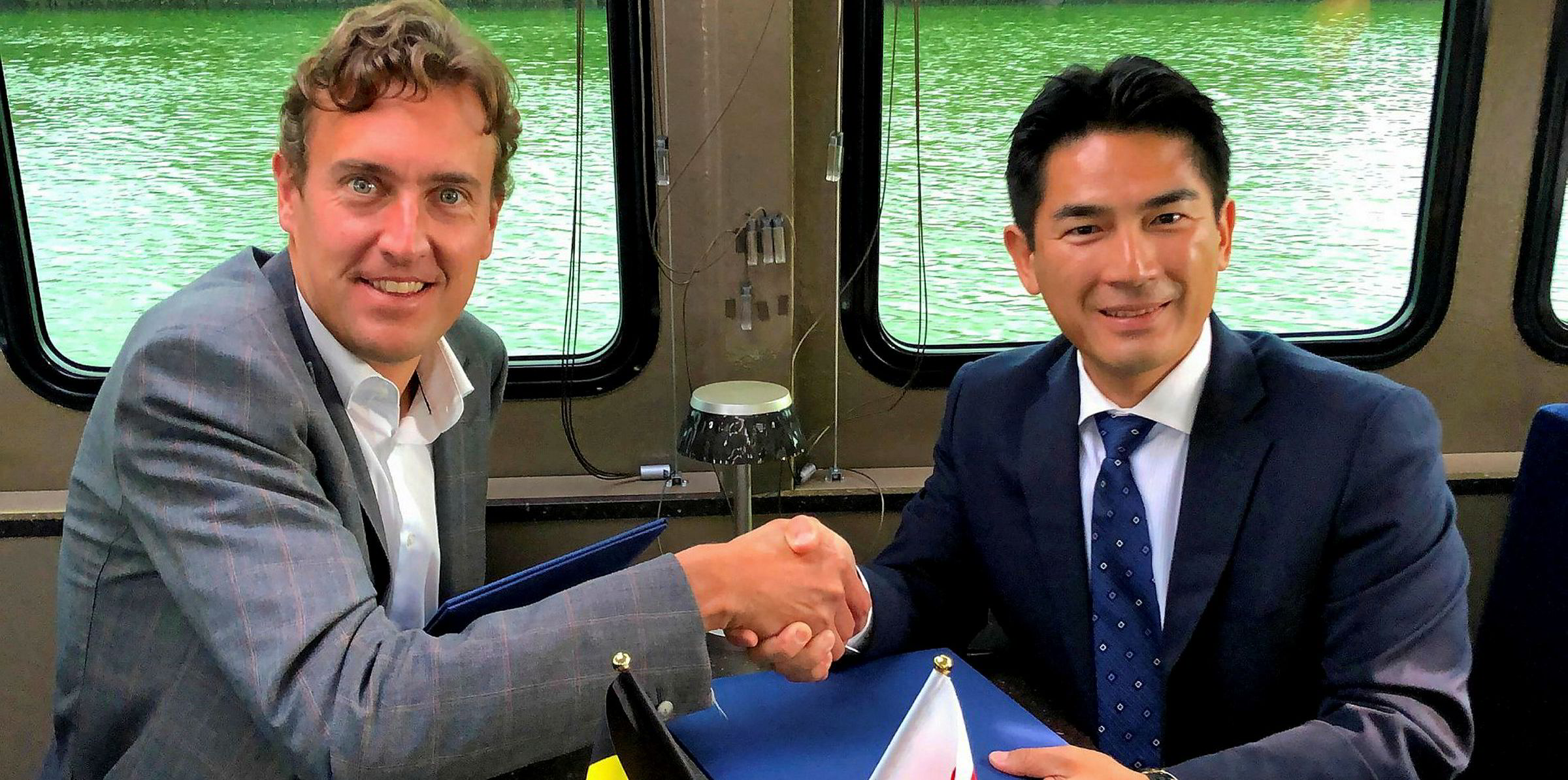Tsuneishi Shipbuilding Co aims to secure about 50 newbuildings each year, based on the shipbuilding capacities at its three yards — its main facility in the Japanese city of Hiroshima, Tsuneishi Heavy Industries (Cebu) in the Philippines and Tsuneishi Zhoushan Shipbuilding in China.
Company president Kenji Kawano has been candid about the group’s performance so far this year, saying it had achieved “more than 50%”.
“It has been a difficult time,” he said. “The dry bulk market collapsed at the end of last year and, although the sector improved slightly during the first half of this year, it was not enough to lift the shipbuilding price and demand. Shipyards are still not able to cover their costs”.
Kawano said demand for newbuildings has been slow since operators have not been “aggressive” in ordering new tonnage.
Market uncertainty
“The SOX and particulate emissions issues have caused uncertainty in the market,” he said.
“The spot market for dry bulk is performing alright, but [the] FFA [forward freight agreement] rate is not strong, leading shipping companies to adopt a 'sit-and-wait attitude'."
“We were expecting the shipbuilding market to pick up after the summer holidays but that did not happen.”
Kawano and his team are hopeful that the shipbuilding market will pick up after Chinese New Year.
“We hope that by that time, the psychological barriers that are affecting shipping companies from ordering new ships will be removed,” he said.
"We also think with the implementation of IMO regulations, shipping companies will have their vessels slow steaming so as to save fuel costs.
"This will result in less ships available on the market and drive up demand for new ships. We may even see a boom in the shipbuilding market.”






